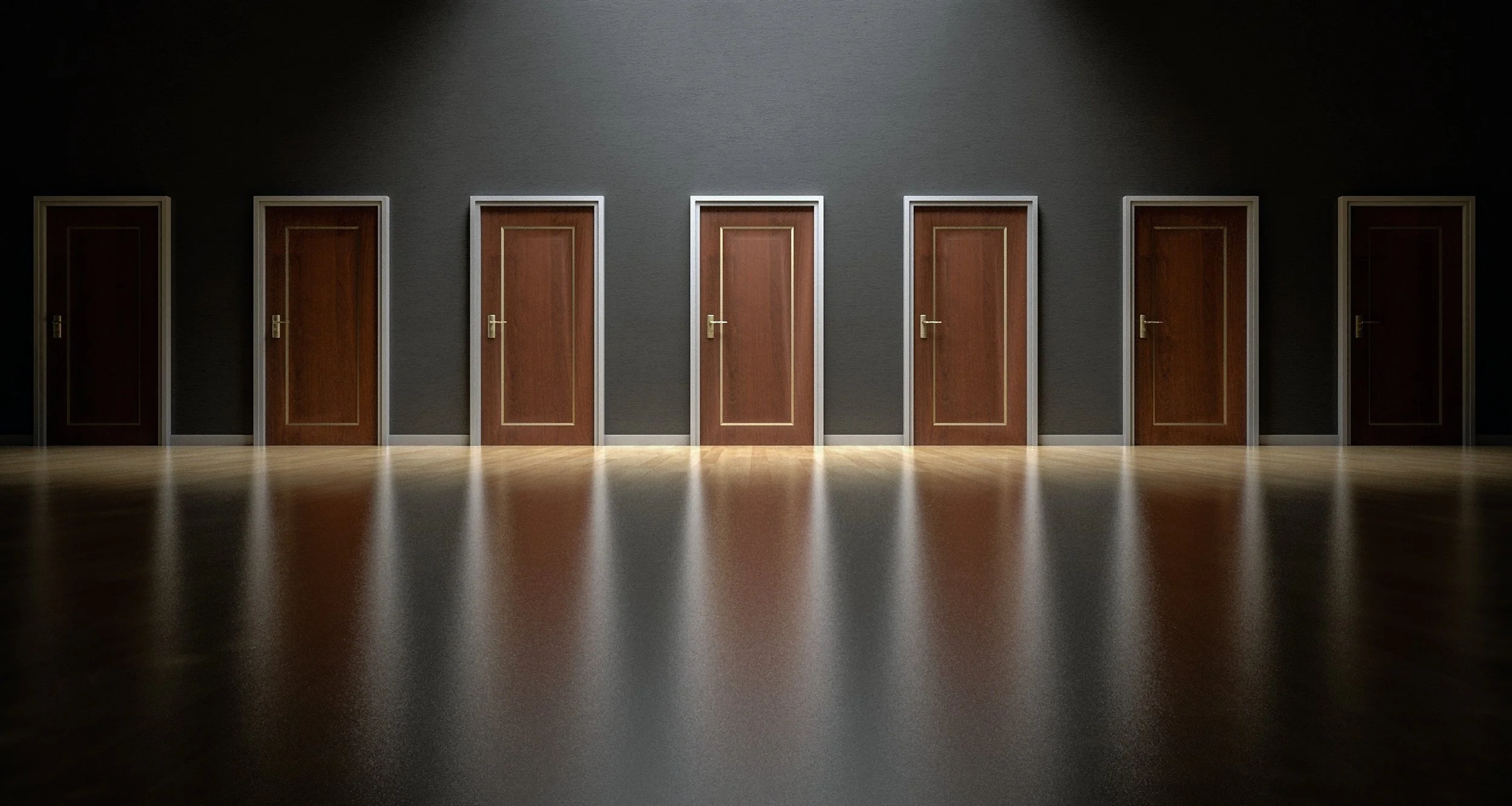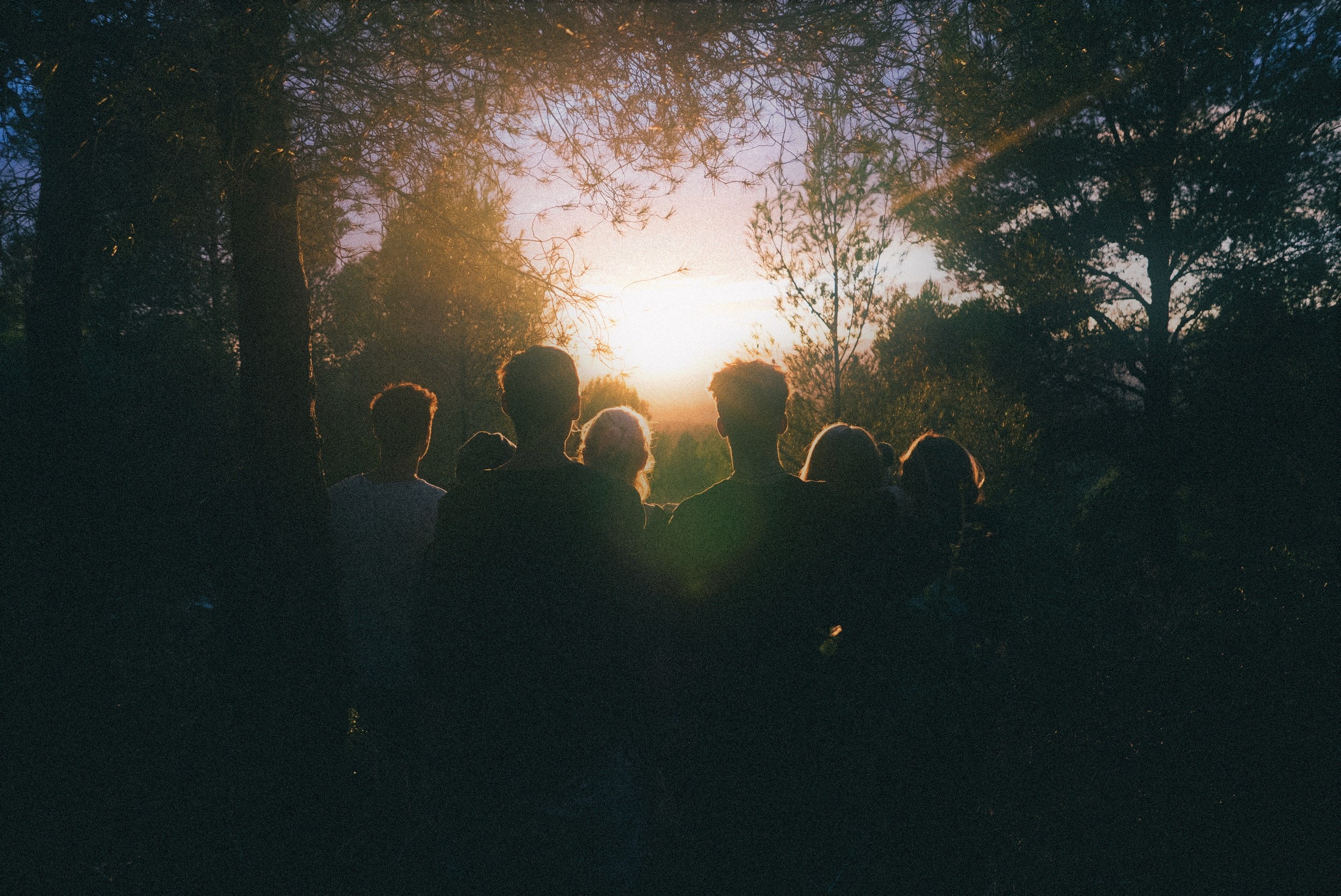Attendance is free and all are welcome.
Edward Plainfield | 24600 West 127th Street | Plainfield, IL | Downstairs Conference Room in ER Building
Consider that 100 years ago, pneumonia and influenza were the leading causes of death, the first of two world wars of mass violence had erupted, and The Dustbowl and Great Depression were on deck. It was still a dangerous world as it had been for many centuries prior, especially for minorities and women.
Today, according to many metrics, we are living in the safest time in human history. Crime, especially homicide, is in long term decline, and people are more likely to die of old age than from violence. Malnutrition is down from 50% 100 years ago to its lowest rate in history of 13%, and for the first time more people are obese than hungry. Similarly, infectious disease and extreme poverty are also markedly down worldwide, though there are poignant exceptions to all these positive safety trends.
However, these improved outward patterns do not seem compatible with the general population's internal experience. 40 million adults suffer from anxiety disorders in America and 25% of all teens are affected, making anxiety the most common mental illness characterized by extreme fear and worry.
So, why are we so anxious? Is anxiety really on the rise, as it appears and does modern society actually breed it? Or is it possible that when you remove the outer clear and present dangers of the past, we are left with our ancestors' internal legacy of fear? Perhaps, this helps explain why scientists have been unsuccessful at significantly raising the level of worry about realistic existential threats such as climate change. There is already plenty of worry in the human system and global warming is still too abstract.
In any case, emotions are like ancient algorithms and the past few decades of safety is not enough time for evolution to re-program a more nuanced response to modern problems.
This points to two distinct possibilities for the chapter after this age of anxiety: a golden window of safety begins to close as scientifically predicted doom becomes more manifest, giving way to another age of fear and danger. Or, we develop an integrative understanding of anxiety along with the tools to speed up our emotional evolution, ushering in a welcome era of contentment and peace.
This meeting will include a deep dive into the latter scenario - a scenario that perhaps would be the necessary social reform to actually free up the mental space to solve those future threats.
“To put is still more plainly: the desire for security and the feeling of insecurity are the same thing. To hold your breath is to lose your breath. A society based on the quest for security is nothing but a breath-retention contest in which everyone is as taut as a drum and as purple as a beet.” -Alan Watts


